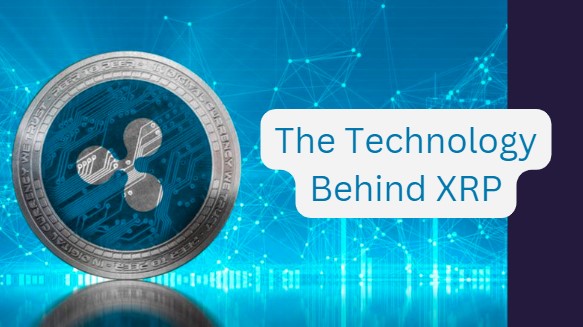In the ever-evolving landscape of cryptocurrencies, XRP has carved a unique path as one of the most prominent digital assets. Developed by Ripple, XRP has garnered attention for its focus on revolutionizing the traditional financial system through efficient cross-border payments and its potential to reshape the way money moves globally. In this comprehensive article, we’ll delve into the world of XRP, exploring its technology, use cases, market trends, and the factors that set it apart in the cryptocurrency realm.
1. The Genesis of XRP
XRP, created by Ripple Labs in 2012, serves as both a digital currency and a platform for secure and fast cross-border transactions. Unlike many other cryptocurrencies, XRP is not mined; instead, it was pre-mined, meaning that a fixed amount of XRP tokens was created at the outset. This unique approach has led to a robust and efficient network.
2. The Technology Behind XRP

XRP operates on a decentralized blockchain, aiming to streamline cross-border payments and enable real-time settlement. The technology has several noteworthy features:
- Speed: XRP transactions are incredibly fast, with settlement times typically taking only a few seconds, making it ideal for international transfers.
- Cost Efficiency: XRP’s low transaction fees make it an attractive choice for financial institutions seeking to reduce cross-border payment expenses.
- Scalability: The XRP Ledger is designed to handle a high volume of transactions, ensuring scalability and preventing network congestion.
3. Use Cases of XRP
XRP has gained traction in various use cases:
- Cross-Border Payments: Ripple’s primary focus is on transforming the cross-border payments industry by offering financial institutions a cost-effective and efficient alternative to the traditional SWIFT system.
- Liquidity Solutions: XRP’s liquidity facilitates the real-time exchange of various currencies, providing financial institutions with on-demand liquidity and reducing settlement risk.
- Micropayments: XRP’s low transaction fees make it suitable for micropayments, enabling new possibilities for content monetization and microtransactions.
4. Market Trends and Partnerships
XRP has established strategic partnerships with several major financial institutions and payment providers, including American Express, Santander, and MoneyGram. These partnerships highlight the growing interest in XRP’s technology as a means to revolutionize the financial industry.
5. Considerations and Risks
It’s important to acknowledge the risks associated with XRP and the cryptocurrency market in general:
- Regulatory Environment: Regulatory uncertainty regarding the classification of XRP as a security has led to ongoing legal challenges, impacting its market performance.
- Market Volatility: The cryptocurrency market, including XRP, is known for its price volatility, which can present both opportunities and risks for investors.
Conclusion
XRP’s unique approach to cross-border payments, scalability, and potential to reshape the global financial system make it a cryptocurrency of significant interest. As with any investment, it’s crucial to stay informed about market trends, technological advancements, regulatory developments, and the potential risks associated with investing in cryptocurrencies. Whether you view XRP as a groundbreaking innovation or as part of a diversified cryptocurrency portfolio, understanding its technology, use cases, and market dynamics is essential for making informed decisions in the dynamic and rapidly evolving world of digital assets.
